Windows 10 launch is just around the corner. To celebrate the release of Windows 10, we will be diving into the past to take a look back at the previous versions of Windows. We are going to look back at Windows UI changes over the years with a set of images. Here’s how Windows 10 stacks up against its older siblings.
Windows 1.0
It all started in 1985 when Windows 1.0 was launched to compete with Apple’s Macintosh. It was not a complete OS but an extension to MS-DOS. It was the first mass produced personal computer with a graphical user interface.
Windows 2.0
It was released in 1987 and allowed application overlapping unlike its predecessor. Windows 2.0 was also the first Windows version to integrate the control panel.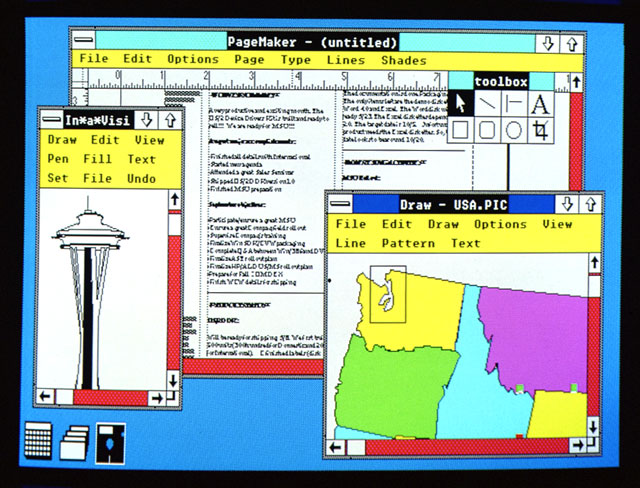

FUNFACT- Windows still hadn’t passed the 1 megabyte mark in terms of memory.
Windows 3.x
Big changes made their way to Windows 3 when it was released back in 1990. Windows 3.0 included a Protected/Enhanced mode which allowed Windows applications to use more nmemory. Do you prefer to press ALT+TAB on the keyboard to switch between programs? CTRL +ALT+DEL to exit freezed apps? Drag and Drop functionality? This is where it all began.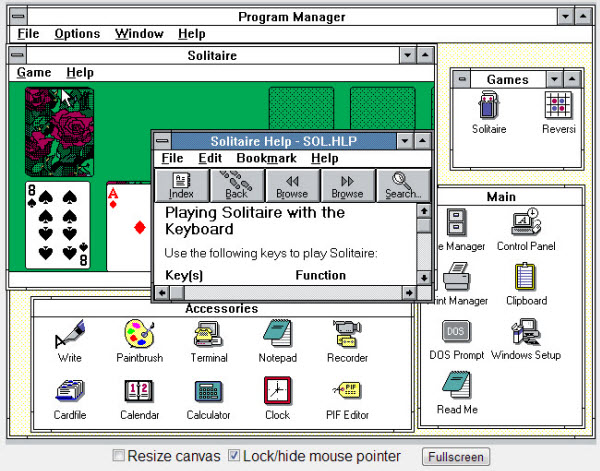

Windows 95
Released in 1995, Windows 95 was the most significant bump. Windows shifted from 16-bit architecture to 32-bit architecture. Start Button and the Start Menu originated with this version. Explorer, Task Bar, and Desktop are other terms that got introduced in Windows 95.
Windows 98
Windows 98 was more of an update than an upgrade. Internet Explorer 4.01, Outlook Express, Windows Address Book, Microsoft Chat, NetMeeting and Windows Media Player 6.2 debuted with this version.
Windows 2000
Not one of Microsoft’s finest work, this version of windows was buggier and slower and was the target of virus attacks.Though things like transparency and shadow effects all were brought to the table in Windows 2000.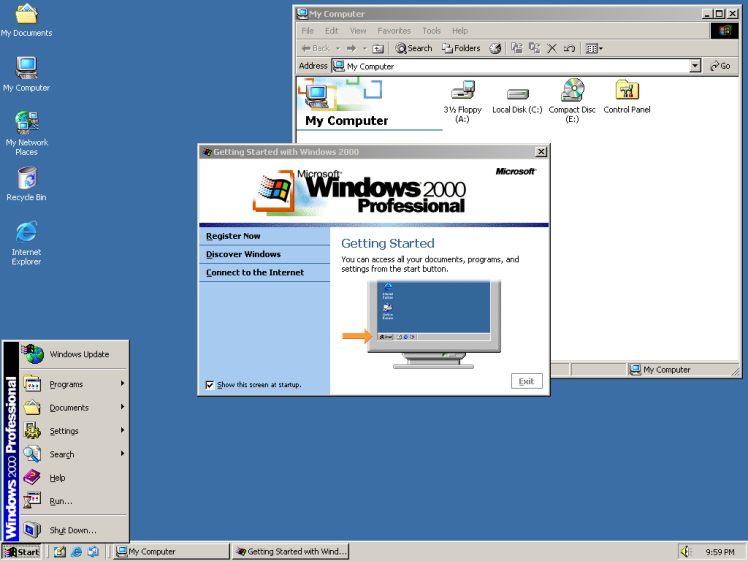

Windows XP
The general layout remained the same as the previous version but the interface was overhauled with a new visual appearance, with an increased use of drop shadows and visual styles, which completely change the appearance of the operating system. Faster start-up, DirectX 9.0 support, USB 2.0 support were bundled with this version of Windows. XP was a huge success and sold over a billion copies globally.
Windows Vista
This version brought an updated GUI and visual style called Aero and a new search component called Windows Search. But due to it’s high system requirements, Vista was a target of much criticism and negative reviews.
Windows 7
The Aero UI stayed around with design improvements. Improved performance on multi-core processors,improved boot performance and increases stability made Windows 7 a sputtering star. Soon it became the most widely used version of Windows .
Windows 8
Released in 2012 Windows 8 introduced major changes to the operating system to improve its user experience on tablets with an emphasis on touchscreen input. The infamous start button was removed and Microsoft’s “Metro” design language took over but the UI was confusing and suffered criticism. Despite the short comings it sold 60 million copies by 2013.
Windows 10
Windows 10 hasn’t been released yet, however its clear this version will bring back the Start menu similar to Windows 7 but incorporating Windows 8’s “live tiles” . With Windows 10 Microsoft wants to unify the experience across all platforms—including PCs, tablets, smartphones, and Xbox One.

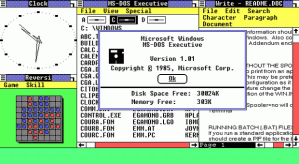
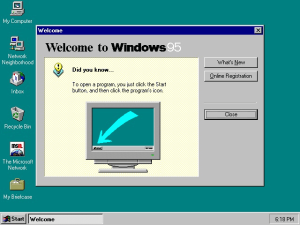
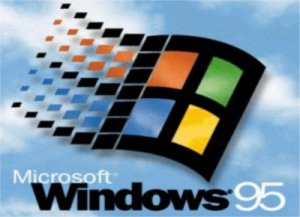
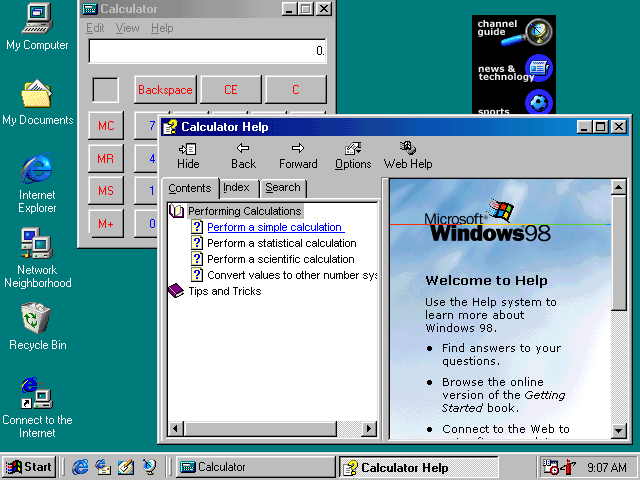
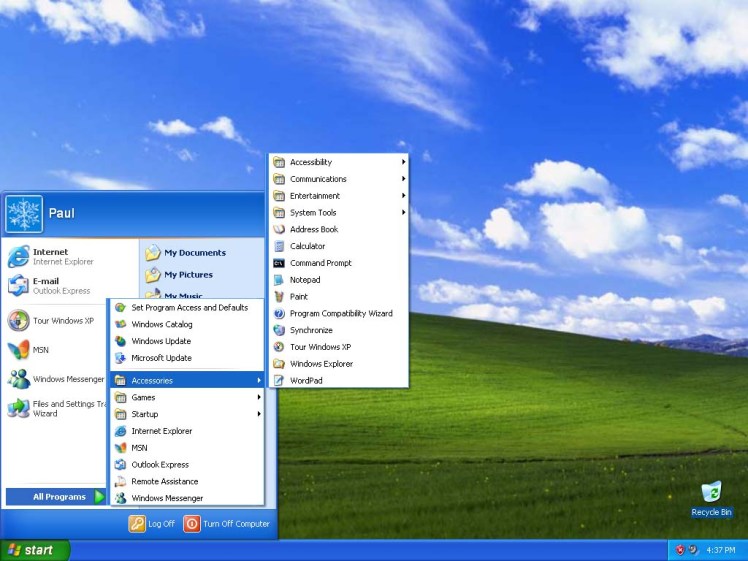
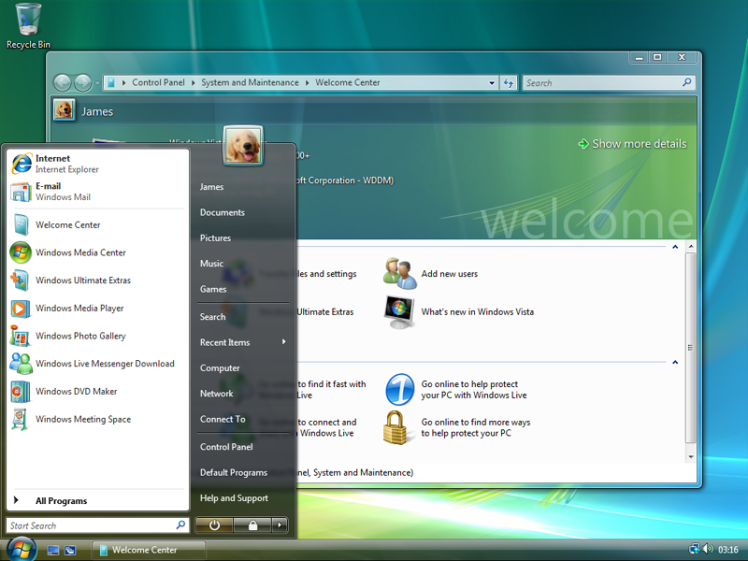
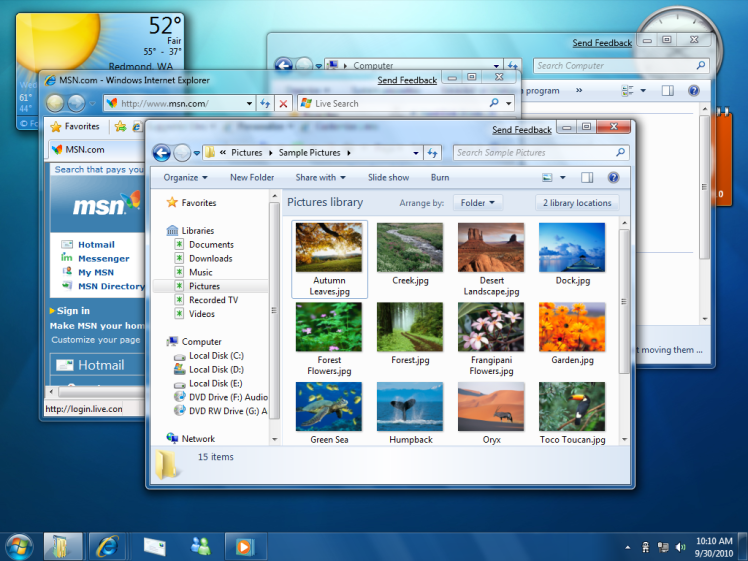
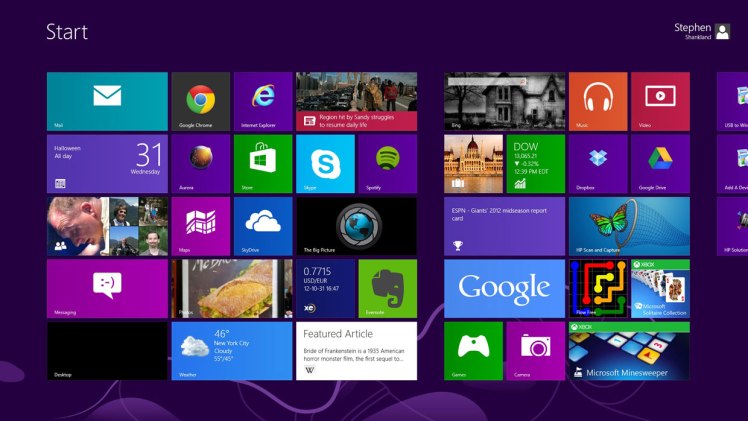
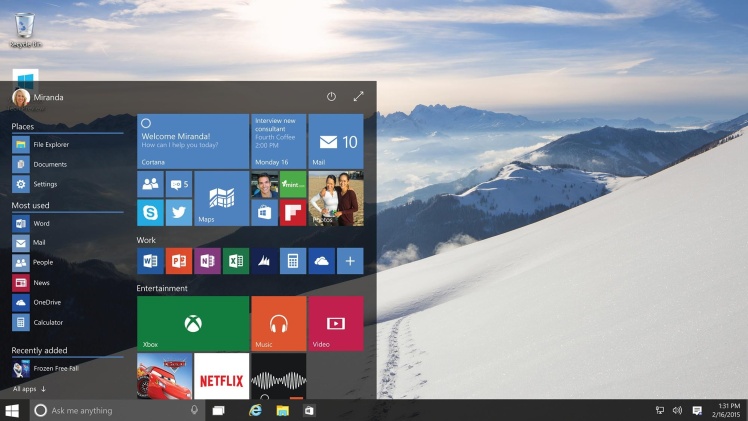

Comments
Post a Comment